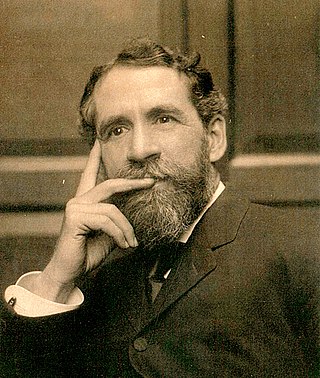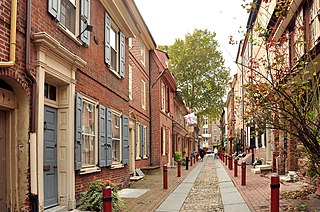The Commission shall, upon receipt of an application and after conducting an investigation, make a preliminary determination as to whether a property, structure, improvement, or area meets one or more of the following criteria:
(a) Significant value as part of the historical, cultural, artistic, social, ethnic, or other heritage of the nation, state or community.
(b) Associated with an important person or event in national, state or local history.
(c) Representative of the distinguishing characteristics of an architectural type inherently valuable for the study of a period, style, craftsmanship, method of construction, or use of indigenous materials.
(d) Notable work of a master builder, designer, architect, or artist whose individual genius has influenced an era.
(e) Identifiable as an established and familiar visual feature in the community owing to its unique location or physical characteristics.
(f) One of the few remaining examples of a particular architectural style or use or is an example which clearly represents a major architectural style and has undergone little or no alteration since its construction.
(g) A property, structure, improvement or area that is less than fifty (50) years old shall not be considered for landmark designation unless it is of exceptional importance in any of the areas described in the criteria above.
























